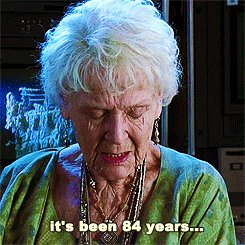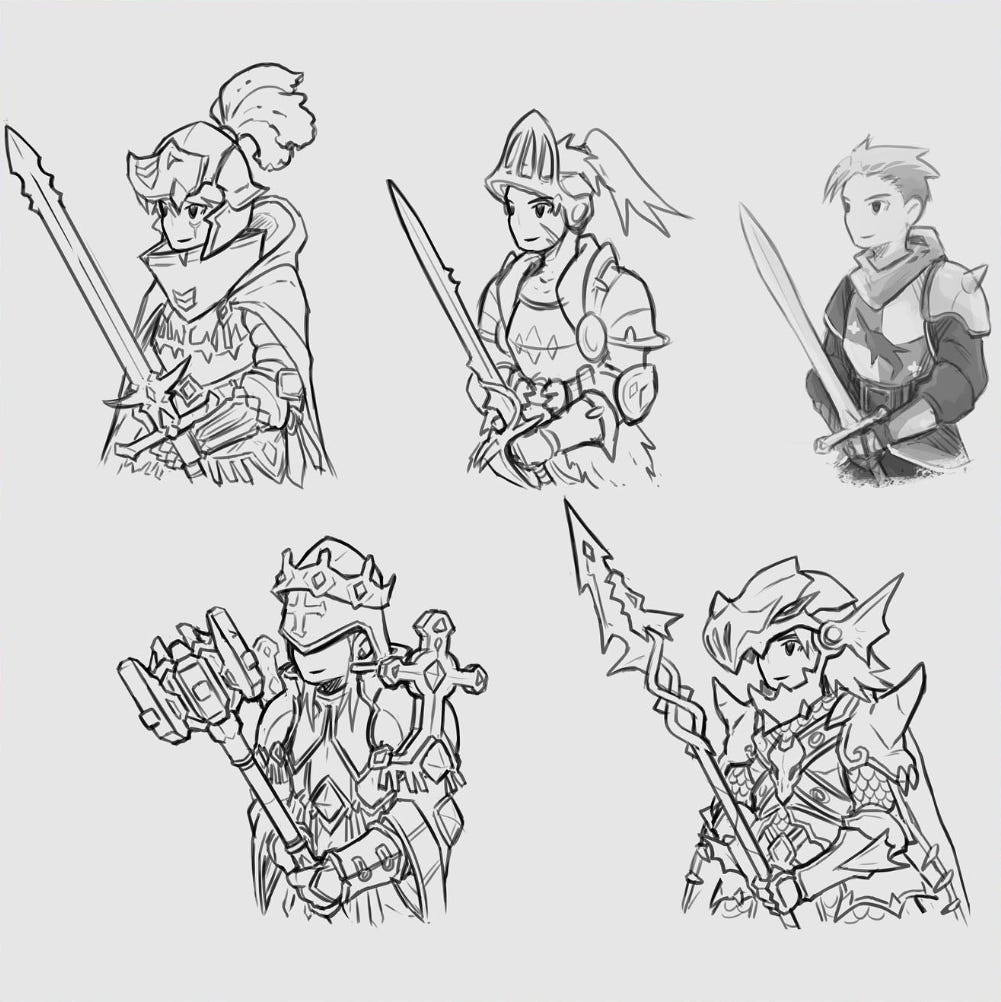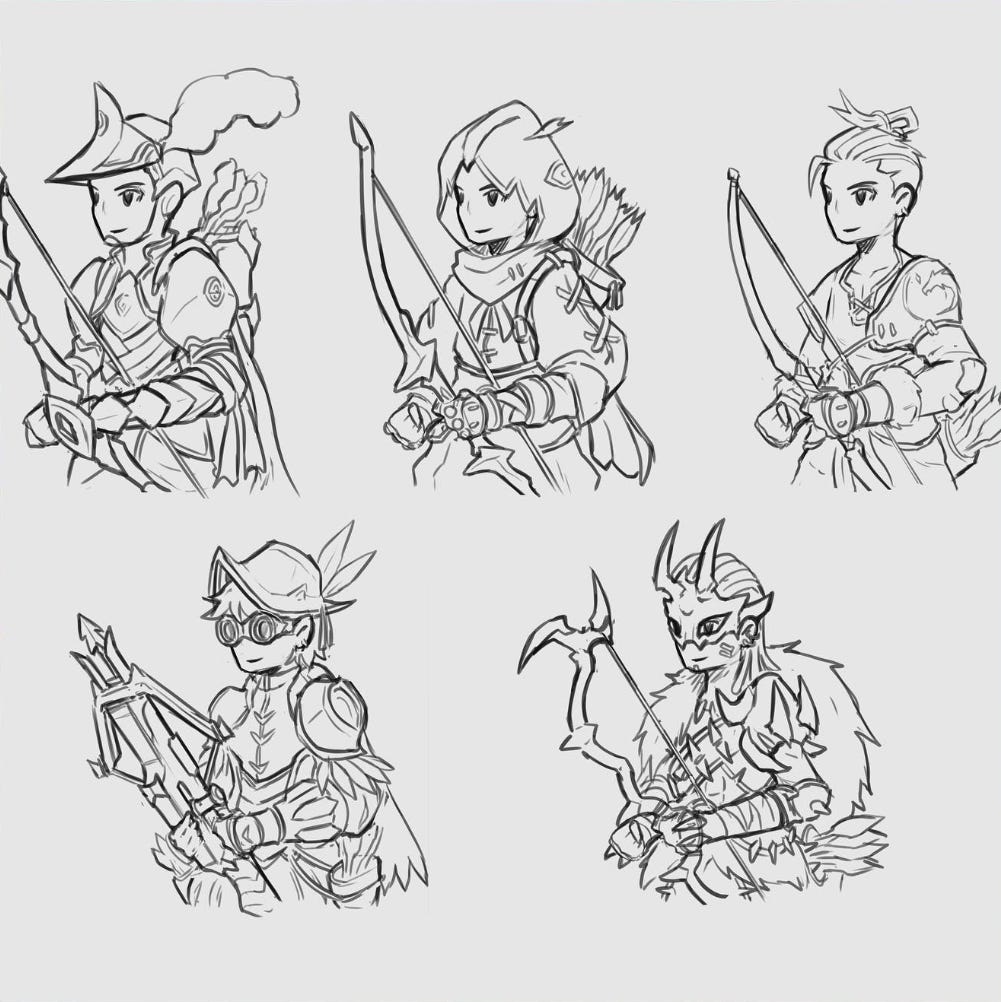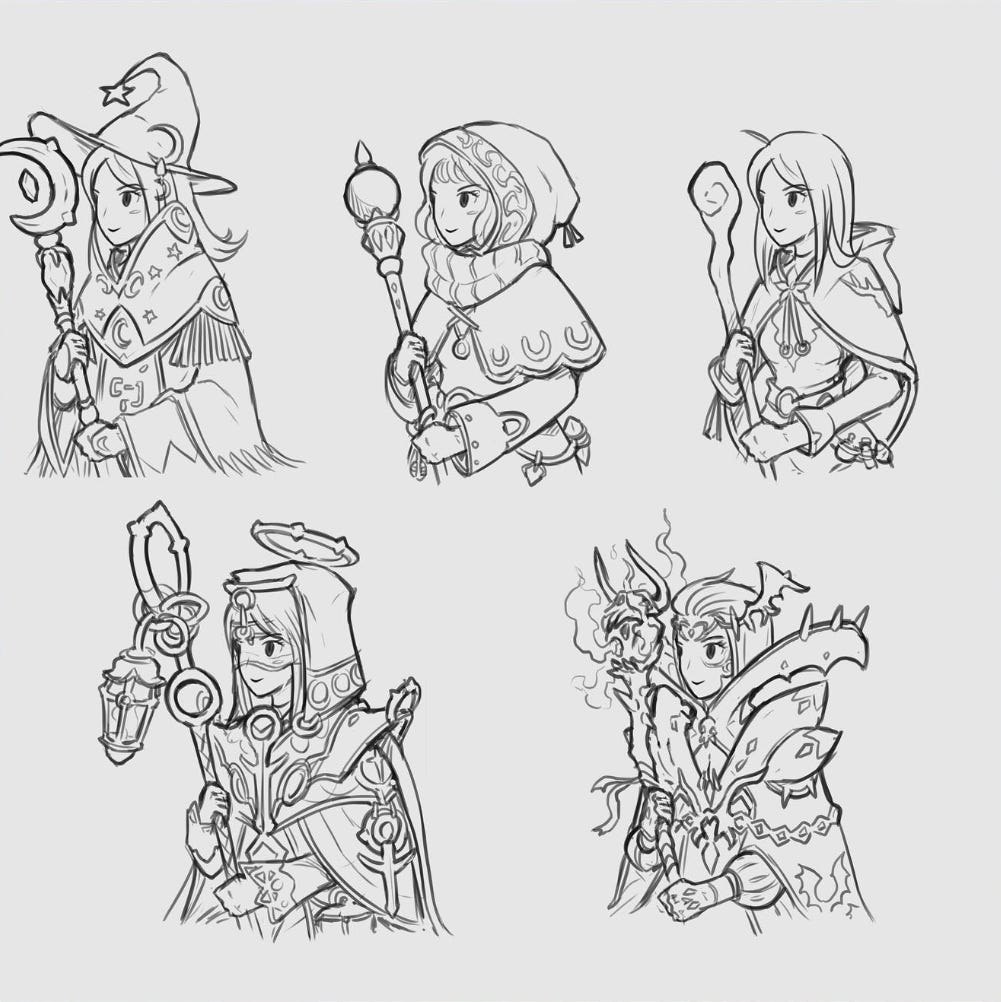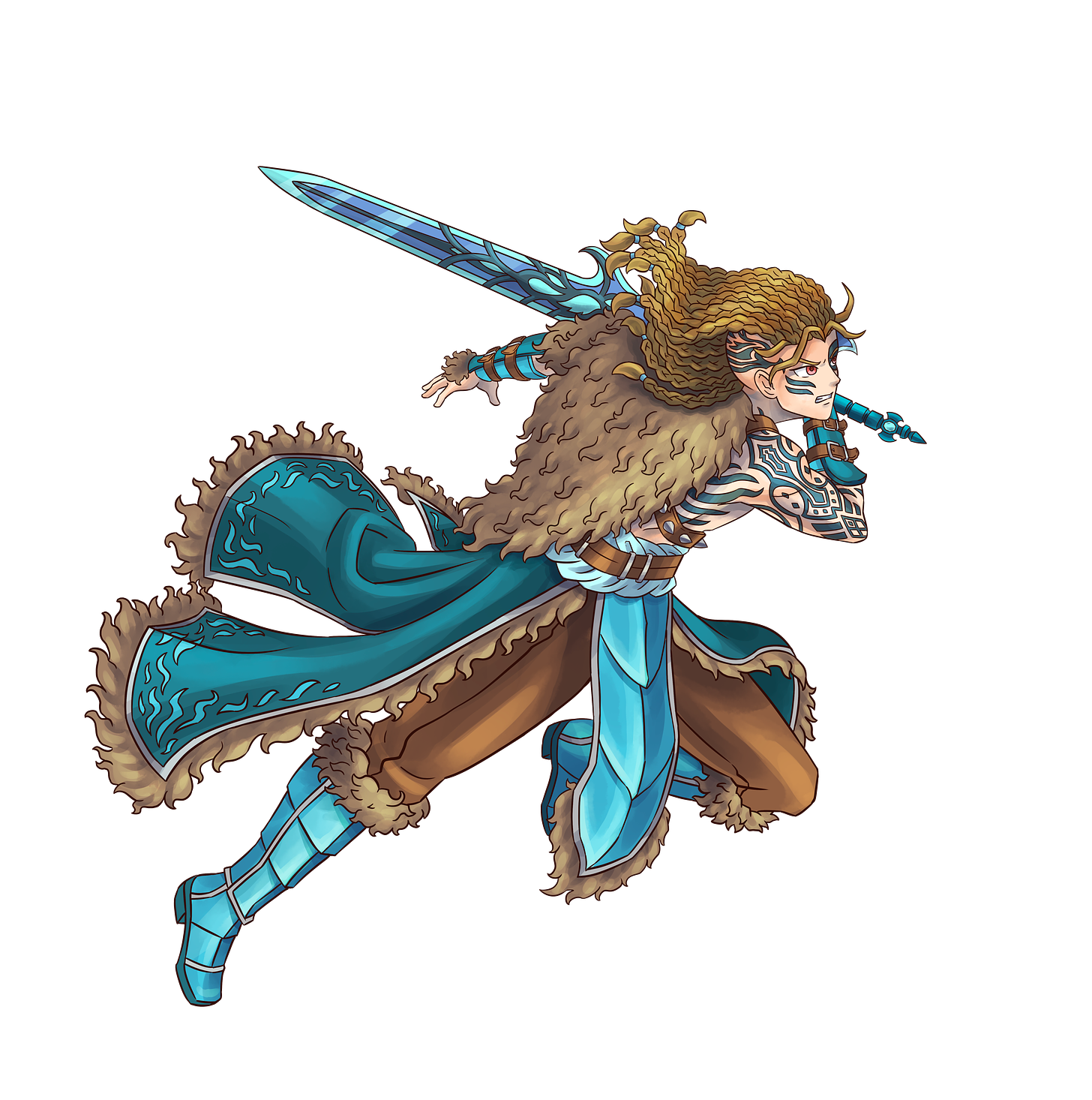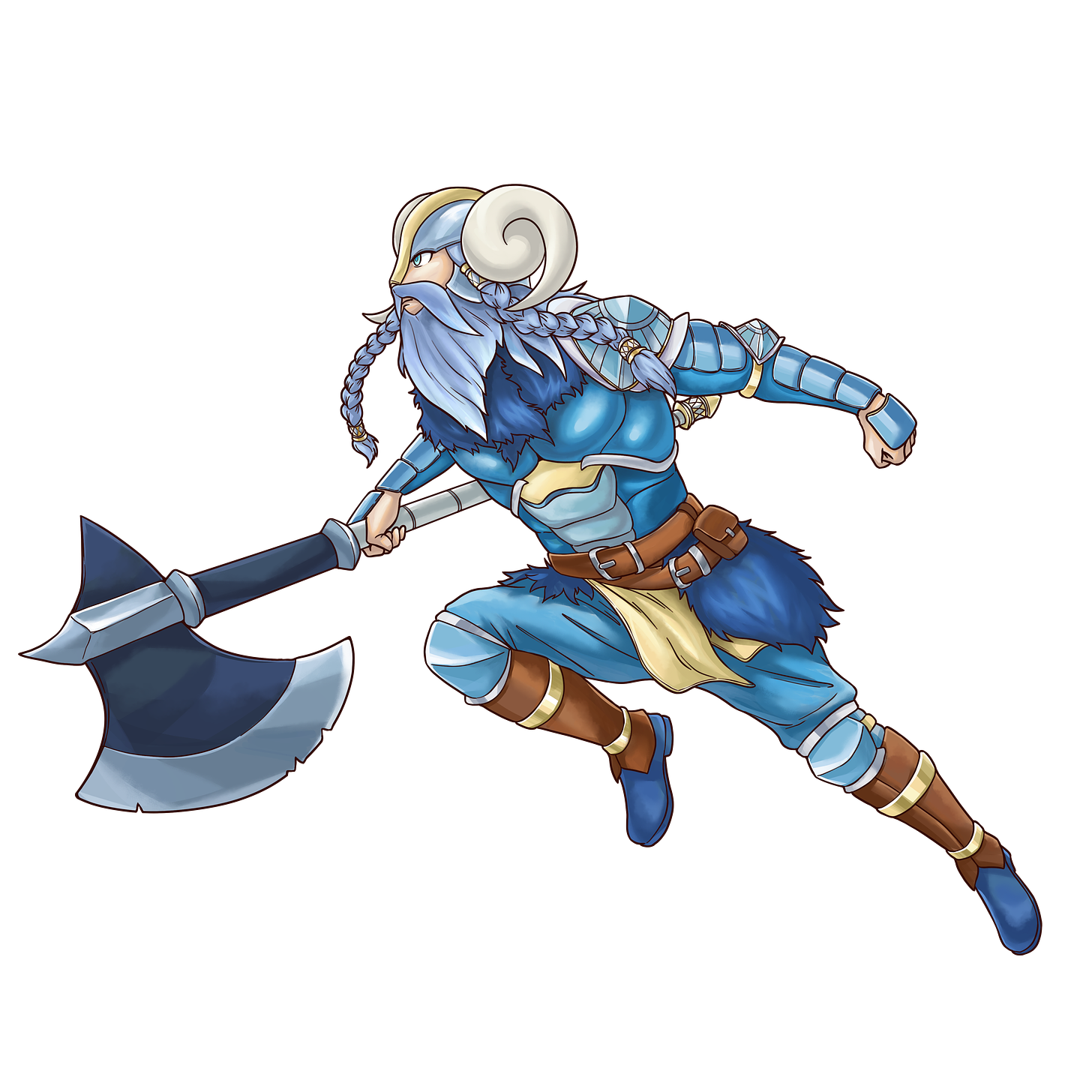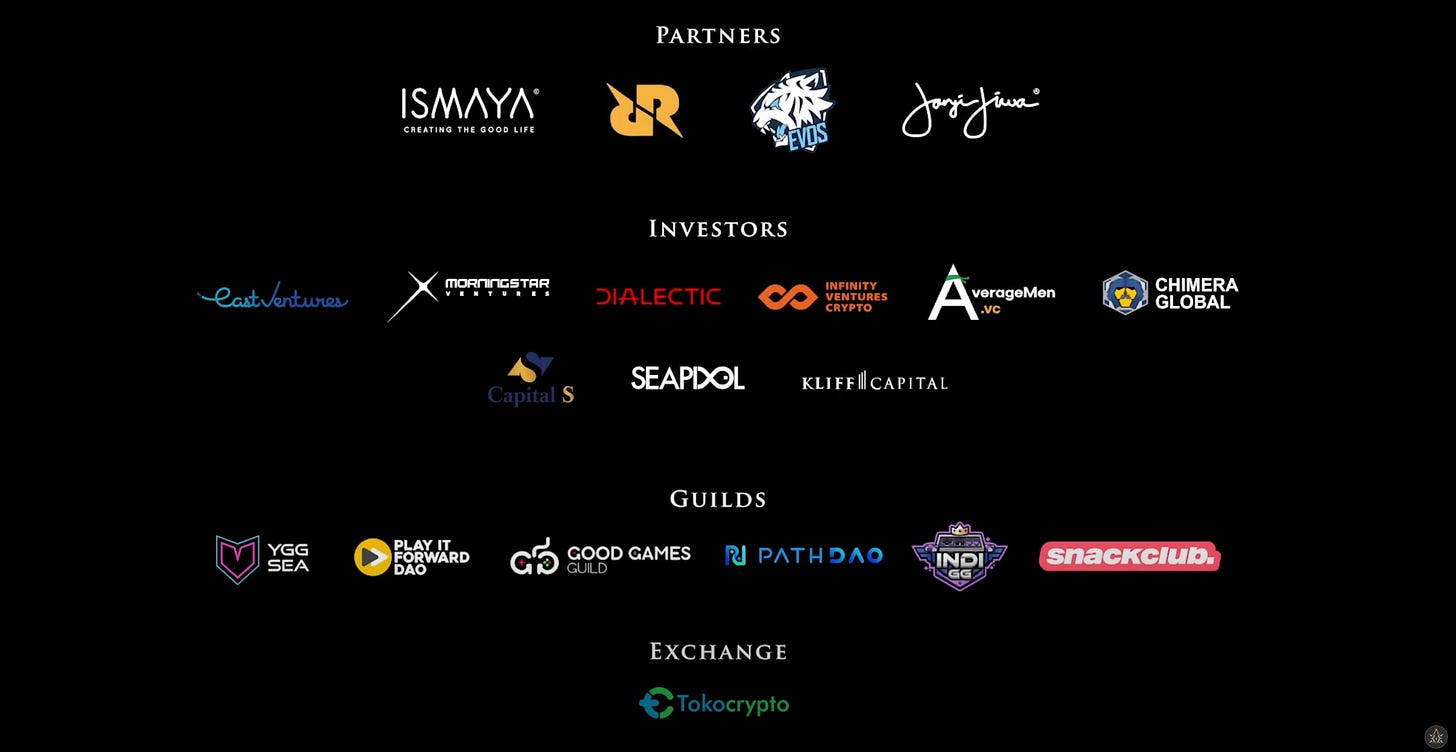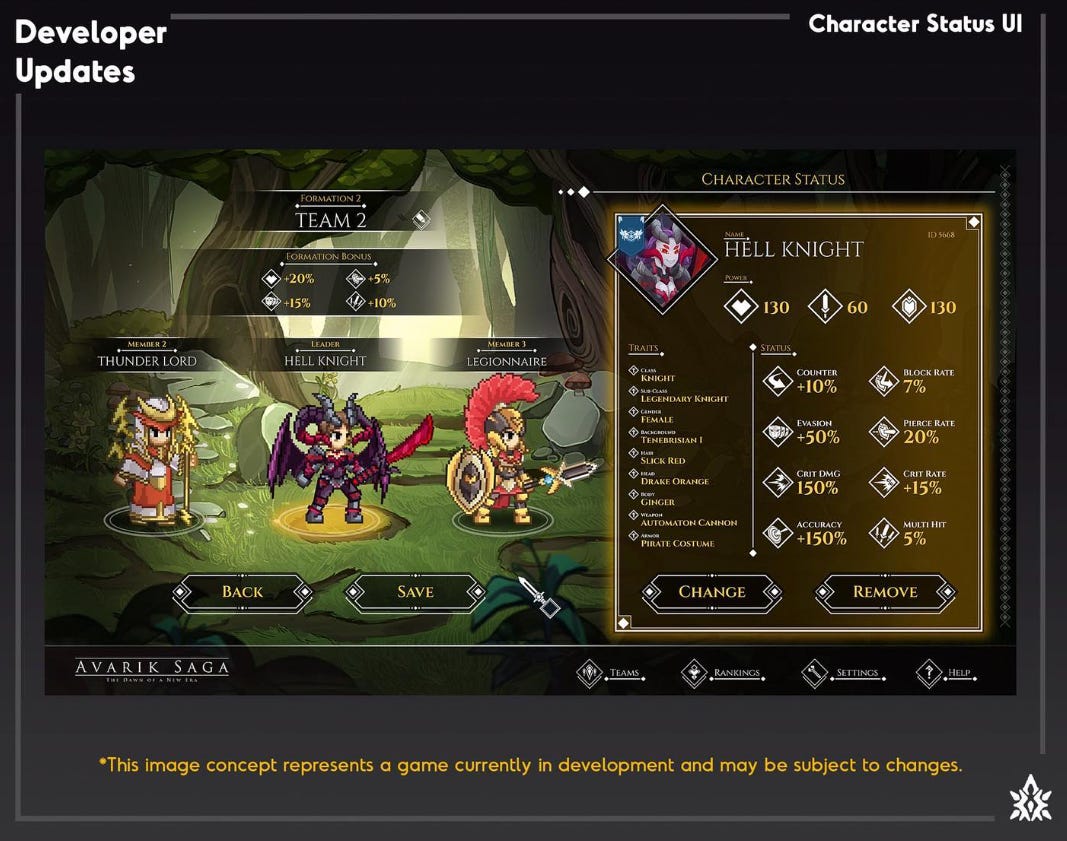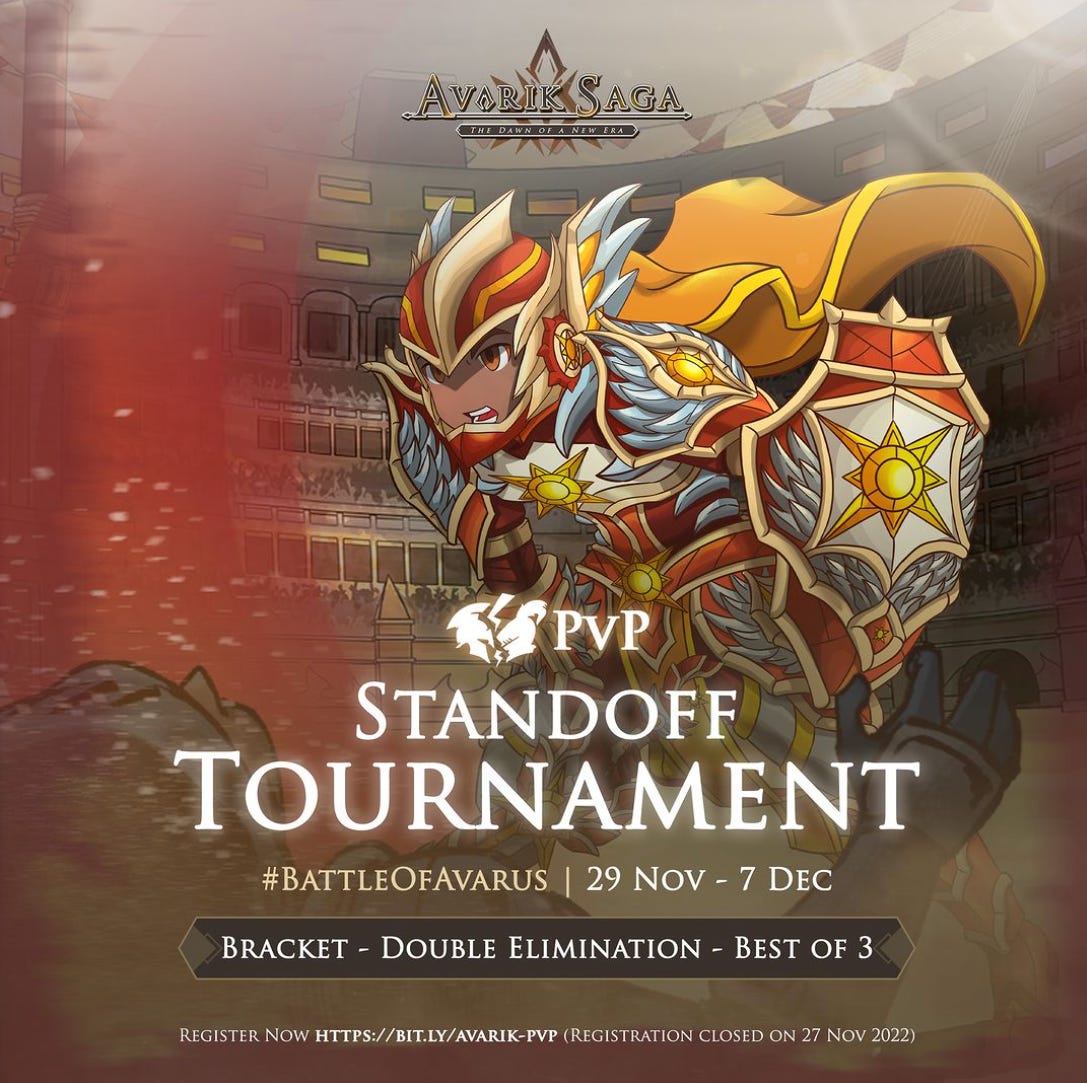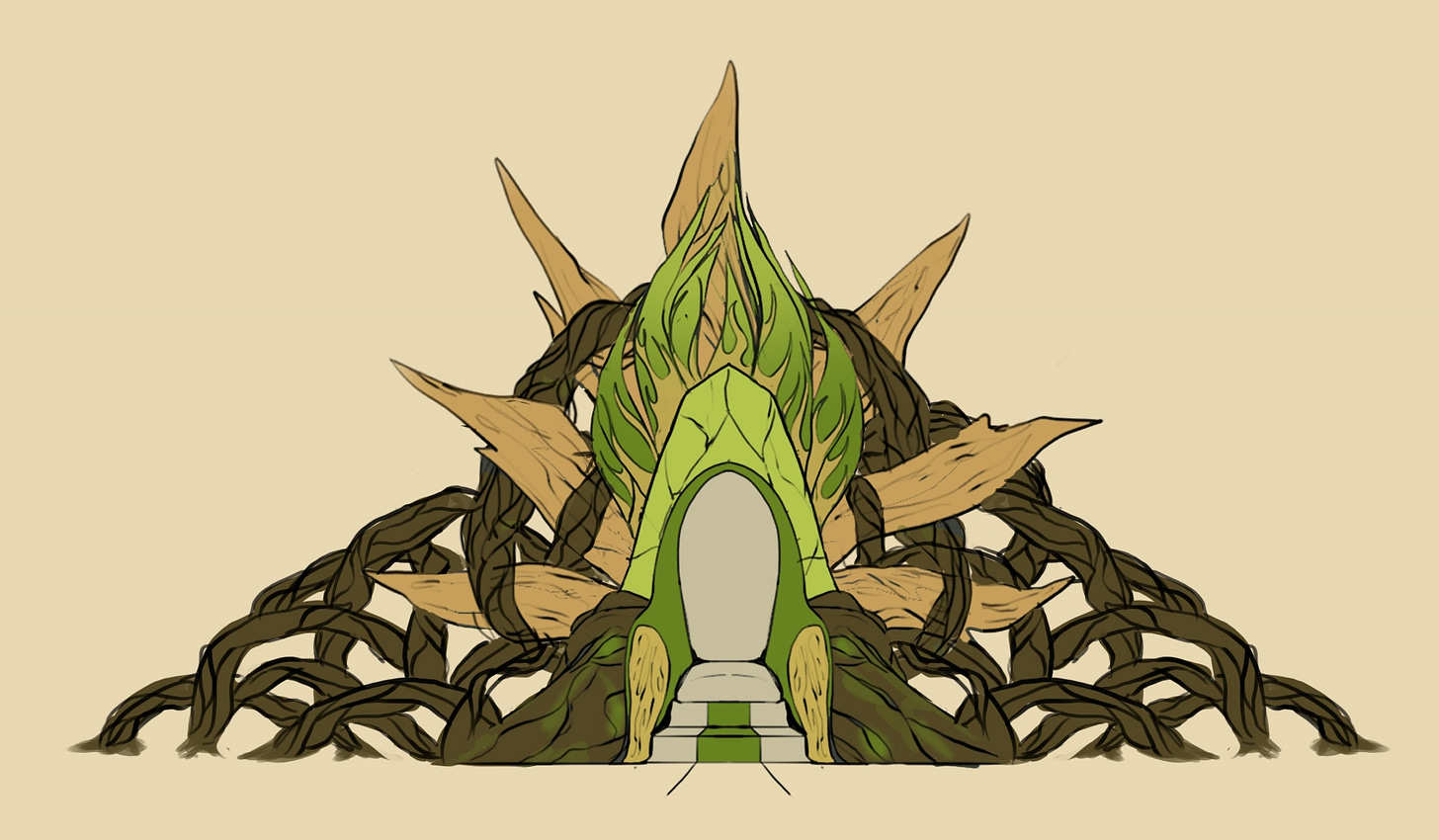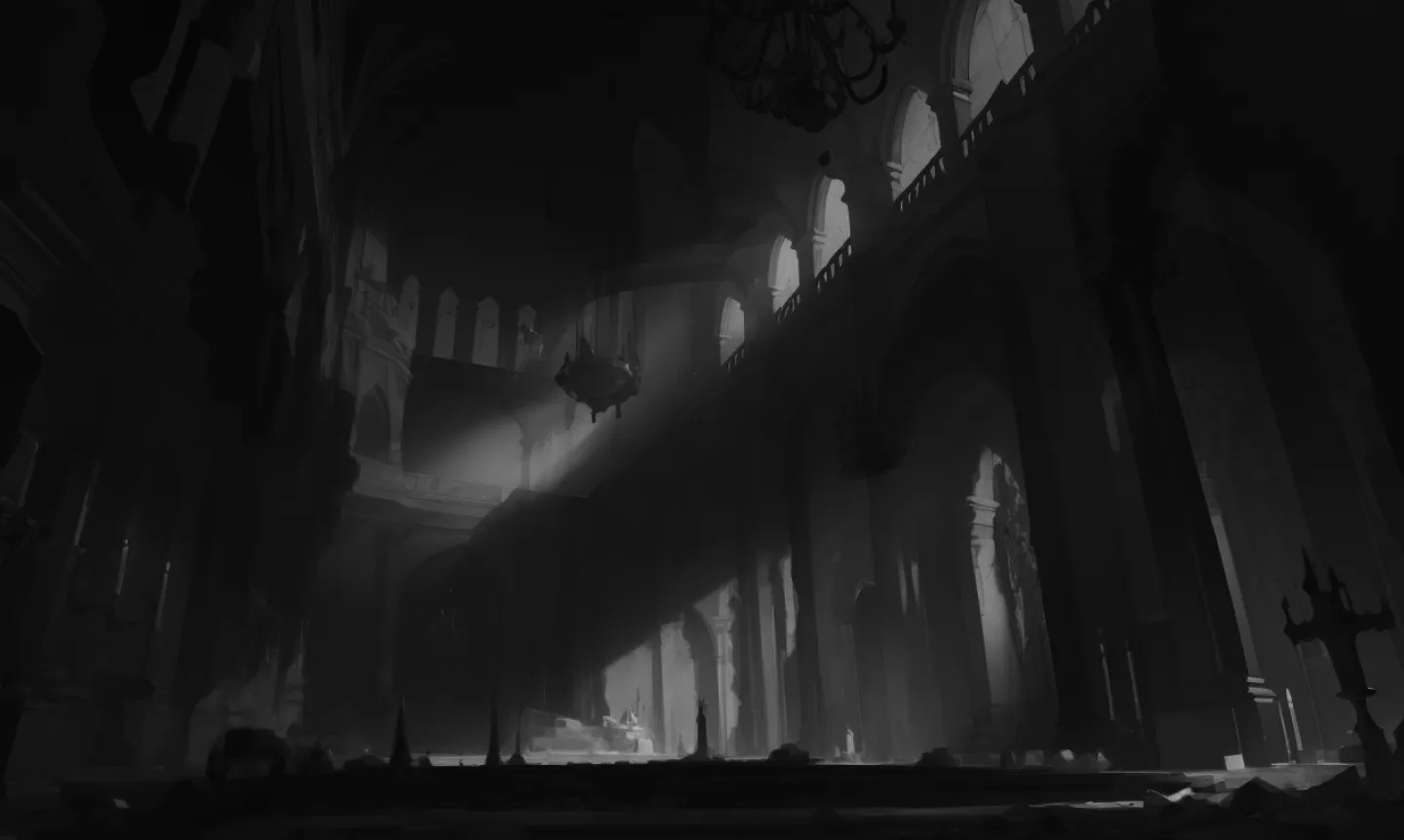
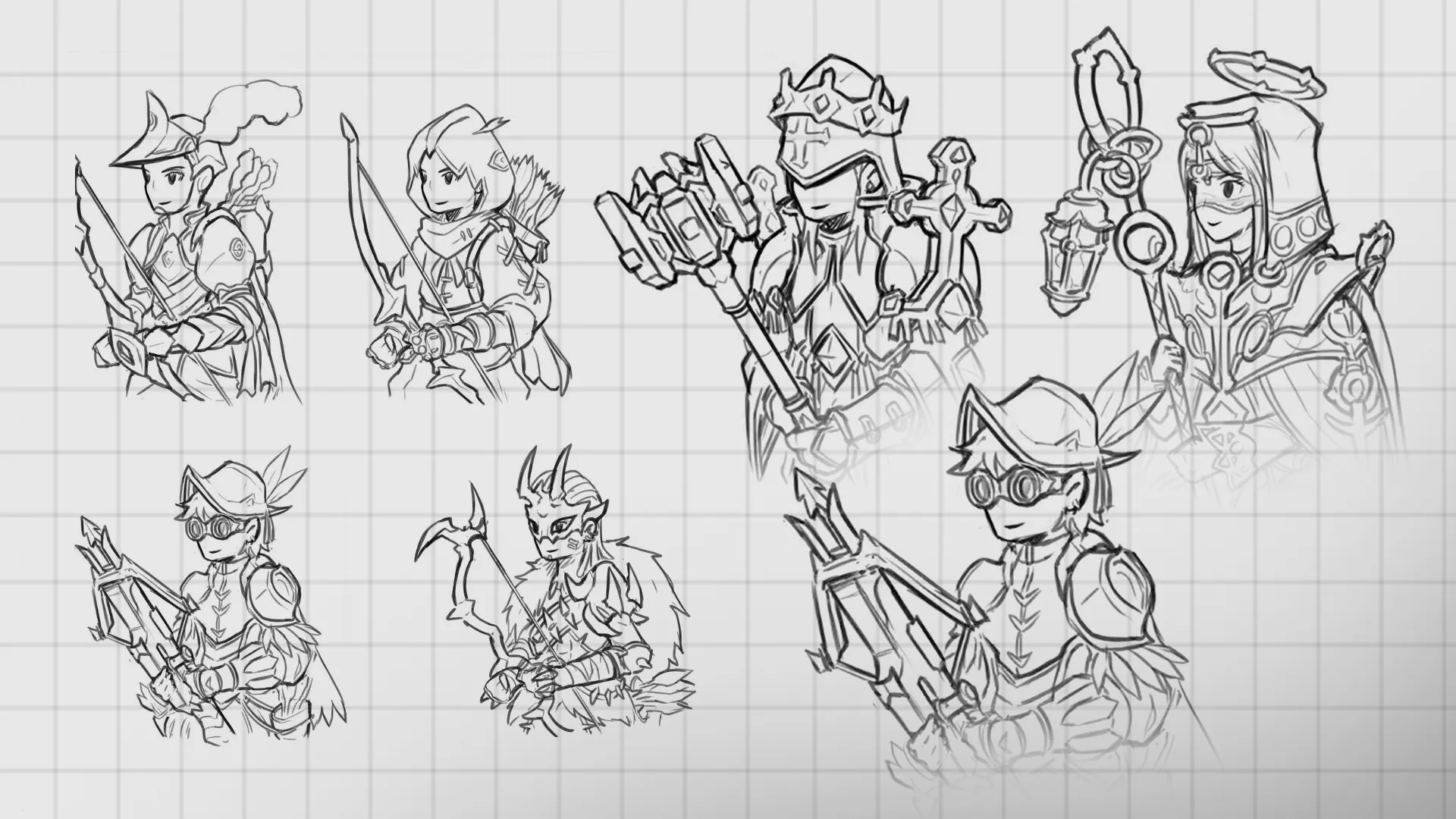
Avarik Saga Dev Diary #1
The first edition of monthly Avarik Saga updates. Read below for our full game development insights on what we’ve worked on and will provide.
An update on Avarik Saga. A deep dive into our full-game development progress. We will be posting monthly for you to follow along on our development updates, so make sure you don’t miss anything by subscribing below ☄️
You waited a long time.
Not so quite 84 years, but one full year, and here we are. If you waited this long, you are in for a treat. It all seems like an oasis in the desert. Avocados shared his hope about the full game and rumors about the growth in the team, but everyone wanted a clear-cut idea of how the development process of Avarik Saga’s full game was heading.
Well, that long wait is over, and we’re here to get transparent and share all the exciting things we have been cooking inside the kitchen, and maybe you get to taste these dishes as we go.
To start the appetizer, we are kicking off our Dev Diary blog with a look back at how 2022 was for us, the lessons learned along the way, and the changes we are currently undergoing at Avarik Saga.
Origin Story
Let’s start at the very beginning. In August 2021, crypto was at the height of its bull run, with the NFT narrative as one of its major driving forces. Axie Infinity led the charge on GameFi and P2E (Play 2 Earn). Countless 10k PFP(Profile as a Picture) projects were springing up, following in the footsteps of Crypto Punks and BAYC.
The Avarik Saga project started with the goal of creating a JRPG game. The team was primarily focused on marketing and generating a thoughtful community that yearned for a JRPG game in Web 3.0. Many other PFP and P2E projects were launching NFTs and IDOs at that time, all competing for attention and mindshare - and even more crucially, liquidity. With a mixture of execution, timing - and a little good fortune! - the Avarik Saga NFT launch was a success, selling out 8,888 NFTs in under an hour. This was the bedrock on which the game was to be built… and so our journey began.
Below are some of the concept arts we started with as we built the Avarik Saga Universe into reality.
Below you can see the most recent iterations of the art style and how much it evolved from the concept stage.
Funding to Build a Web3.0 Game
Avarik Saga was not the first nor the only one to arrive at the party. The bull run catapulted the hype surrounding Web 3.0 gaming. Retail and institutional investments were being poured into the space. New VC funds were formed around the thesis. Guilds came together under the promise of this exciting new digital gig economy.
Yet, the lack of legacy studio talent, underestimation of time and resources in developing a game, and nascent infrastructure to build great gameplay experience led to many games being introduced that were deprived of any long-term game mechanisms for players to have fun. Although, they still reaped economic benefits for certain parties due to the hype in the market. We knew scalability wouldn’t be achieved and the party would be short-ran (Well-aged-Wine looking back.)
Hence, we delved into how to build a quality game that can be scalable but still follow the vision of Web 3.0 gaming: “A game that benefits all parties, from players, developers, and investors.” We understood that making a quality product that could compete in today’s market required major funding. Multiple projects leveraged the retail investors to raise these funds through ‘more' NFTs. Still, to be successful, we needed to bring in institutional investors to hedge risk for the community and fortify our brand without diluting our current collection and building a trustworthy company. Hence, we initiated a modest round for institutional investors and were fortunate enough to close our early round in Q1'2022.
Outsourcing to Established Game Studios
To develop the game, we knew we needed a team with experience building them. Hiring and assembling a game development team was risky (more on this below). Therefore, in the beginning, the strategy was to partner with established game studios that had experienced developing turn-based strategy games in both 2D and 3D for cross-platforms, including mobile.
We picked two game studios, one for the mini-game and the other for the full game. We started with developing the mini-game first for three reasons:
To test out if our partners can develop a game that has product market fit
To maintain community interest and growth as we build the full game as it’s a marathon, not a sprint
To test the mini-game as the forefront for game balancing, creativity, and scalability for the full-game
We have held multiple tournaments and mini-game seasons with the community
Learning from our Experience and the Pivot
Initially, the mini-game launch was a modest success, reaching 1,500 unique users with an average session time of 50 minutes per day. However, we decided to part ways with our mini-game partners in Q1’2022, while the partnership with the other studio for the full game ended in Q3’2022. The major reason was managing the expectation between the studio, the Avarik team, and the community.
We learned the difficulty in outsourcing: expectation setting was difficult, and we needed more control over budget and timeline, which resulted in delays and the project costing more than expected. Understanding that we wanted a high-quality game that could be a model for Web 3.0, being modest was not something we could be satisfied with. This was a hard and painful lesson, but we picked ourselves up and kept going. Ultimately, we realized we had to take the situation into our own hands and build an in-house game development team from the bottom up. Looking back, this was a pivotal moment for Avarik Saga to grow and survive and we cannot thank enough our community members to back us up in our decision.
Building a Game Studio
As mentioned above, we initially avoided starting our own game studio because we knew it would not be easy. Hiring and sourcing good talent is a long and arduous process, but we knew this was key to the project's success. And so, we tackled it head-on. To build our game studio, we needed expertise in three core areas: Programming, Art, and Game Design. Good talent follows great leadership. Thus, we started at the top, hired our Product Lead, and worked our way down.
In the programming team:
Tech Lead
Frontend Unity Engineers
Backend Engineers
Dev-ops / Tools
In the art team:
Game Art Director
2D Artists
3D Artists
Animators
Concept Art Illustrators
Others:
Game Designers
Product Managers
QA Testers
Sound Designer
This was seemingly an impossible feat at first, especially in the timeframe that we had between Q3’22 and Q4’22, but we were slowly able to build up our team members. Thus, as of now, we established a 50-person studio - with multiple previously released game titles under our belts, and many of our team members have experience working together.
🏴☠️ We sailed out into the open ocean and hoped for the best - we fought krakens and dodged maelstroms. Miraculously, we arrived at the dock in one piece and with our crew filled up. Now we set out once again on our journey to find our treasure!
Pressing on and Executing
As we march into the new year, we are excited about what lies ahead for our journey. We are currently in the midst of pre-production and planning, and we will share more of our progress and thought processes in the coming weeks and months, primarily through this blog. And what’s most important: Updates will start to be more consistent from now on.
🐇 2022 was a year of the crouching tiger to lay the foundation, infrastructure, and team to develop a kick-ass game and jump for greater success. 2023 is a year of production and delivery, and we are very excited to launch our Dev Diary to provide further insight and transparency into what we will deliver.
Disclaimer: Please note that anything written in this document should not be taken as financial advice. Avarik Saga is dedicated to developing a fun JRPG game that integrates NFTs. NFTs are highly experimental technology that should not be bought for investment purposes.


